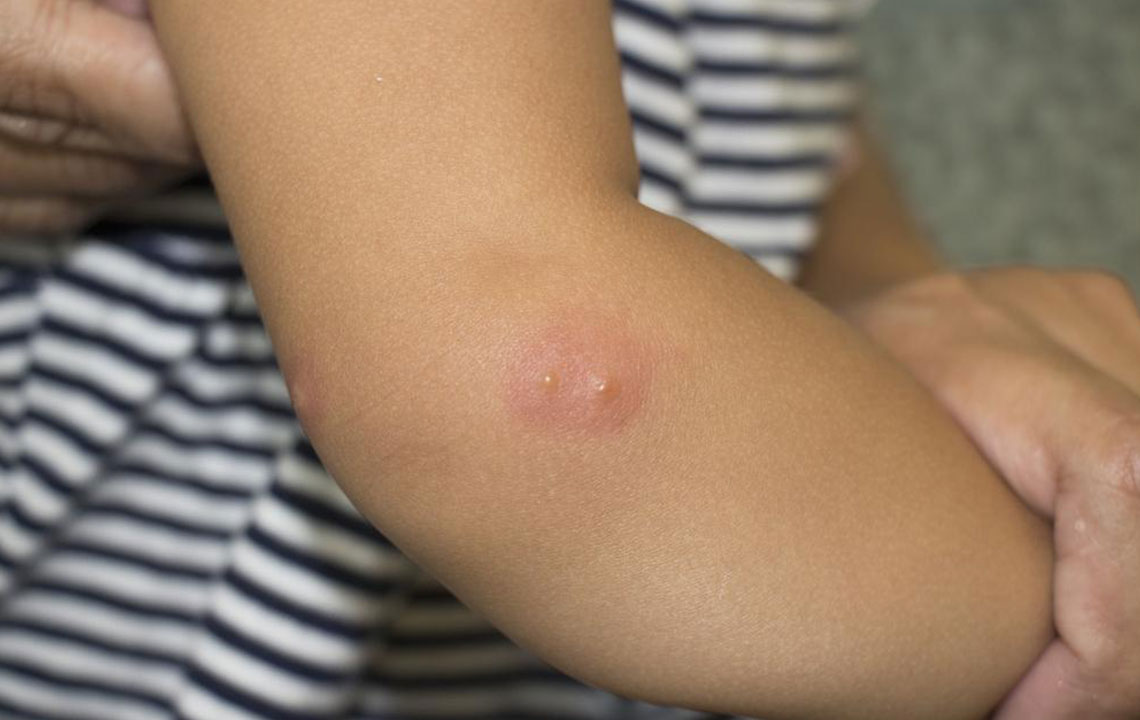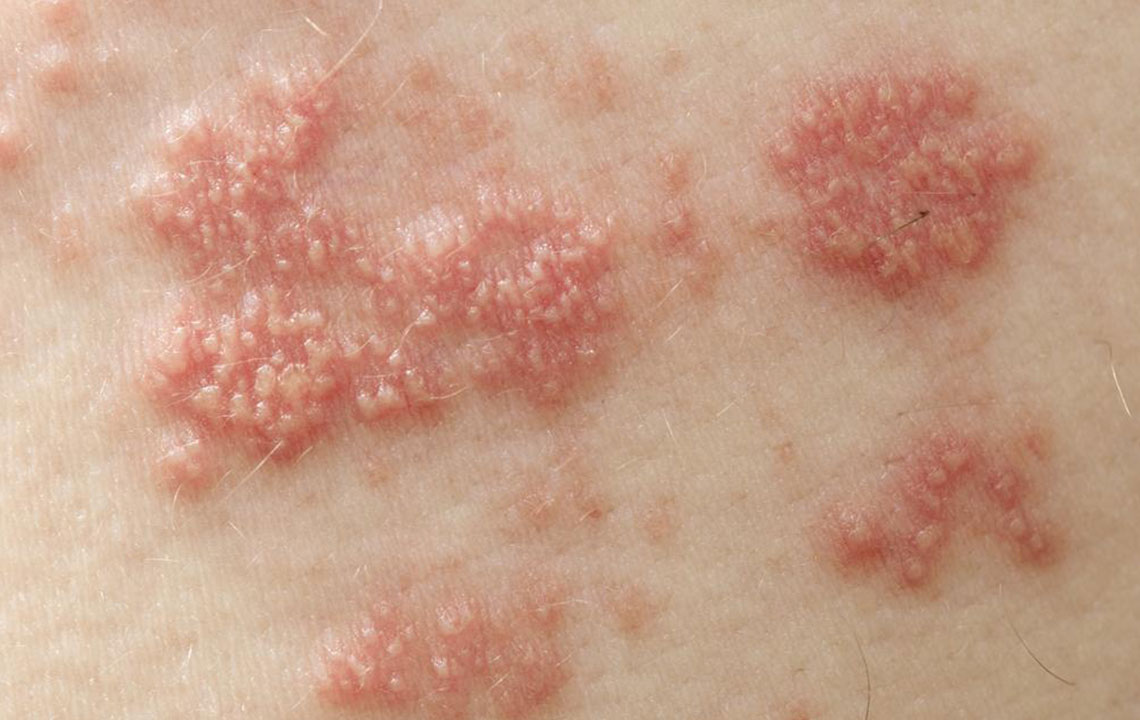Effective Strategies for Managing Shingles Discomfort
Discover effective strategies to manage shingles, including early diagnosis, antiviral treatments, and pain relief options. Learn about symptoms, vaccination importance, and home remedies to ease discomfort and prevent long-term complications. Timely medical intervention is crucial for a full recovery and reducing risks of postherpetic neuralgia.

Effective Strategies for Managing Shingles Discomfort
Shingles, triggered by the reactivation of the varicella-zoster virus, manifests as a painful skin rash. Also known as herpes zoster, it typically appears as a band or small patch on one side of the face or body. Recognizing symptoms and available treatment options are crucial for effective management.
This condition results from nerve infection when the dormant chickenpox virus reactivates, often due to weakened immunity in older adults. Factors like stress, medications, or injury can also activate the virus. While most recover fully, some experience recurrent episodes, although transmission risks are minimal.
Vaccines are available for adults to reduce the risk of shingles and its complications, including persistent pain and skin rashes. These vaccines can help in quicker rash healing and lower the chances of long-term nerve pain.
Symptoms often evolve in stages. Initial signs like headache or light sensitivity may be followed by itching, tingling, and pain in a specific area. A rash then develops into clusters of fluid-filled blisters that crust over and heal over days or weeks, sometimes leaving scars. Severe cases can affect vision if the rash occurs near the eyes, risking permanent damage. Early consultation with a healthcare provider is vital for effective treatment.
Shingles management includes antiviral medications prescribed within three days of rash appearance to reduce pain and complication risks. Over-the-counter pain relievers and prescribed medications help lessen discomfort. Proper treatment can prevent complications, including postherpetic neuralgia, which causes prolonged pain lasting months or years even after rash healing.
Common pain relief approaches include:
Antiviral drugs
Analgesics
Antidepressants
Topical ointments
Supporting home remedies such as maintaining skin hygiene, staying hydrated, and following an anti-inflammatory diet can accelerate recovery. Persistent pain after healing might indicate postherpetic neuralgia, which requires additional treatment like anticonvulsants, opioids, or topical therapies. Severe cases should always involve medical supervision.
Note: This content offers informational guidance and should not replace professional medical advice. Always consult your healthcare provider for diagnosis and personalized treatment plans.










